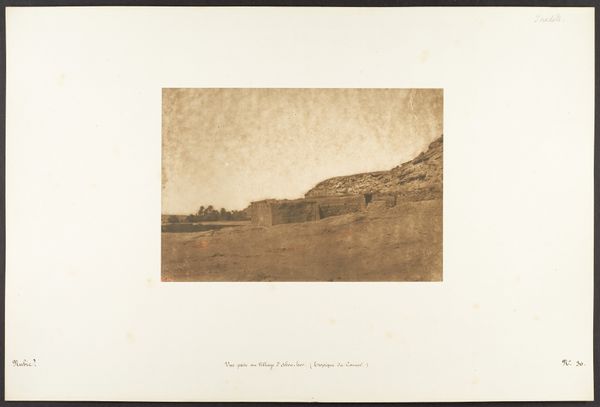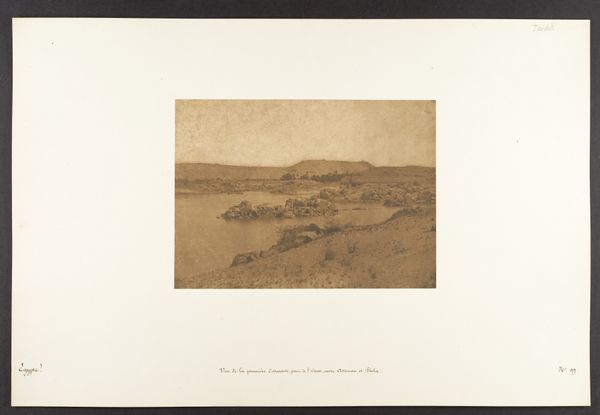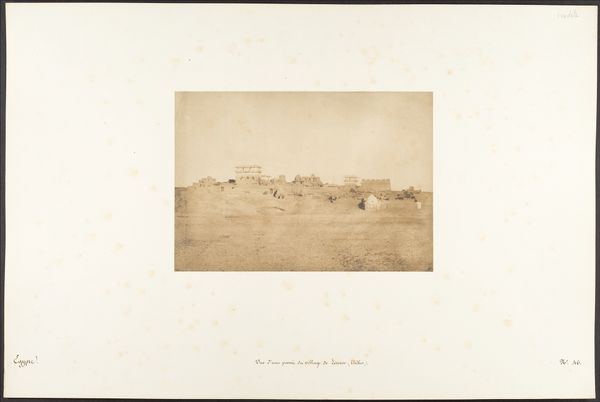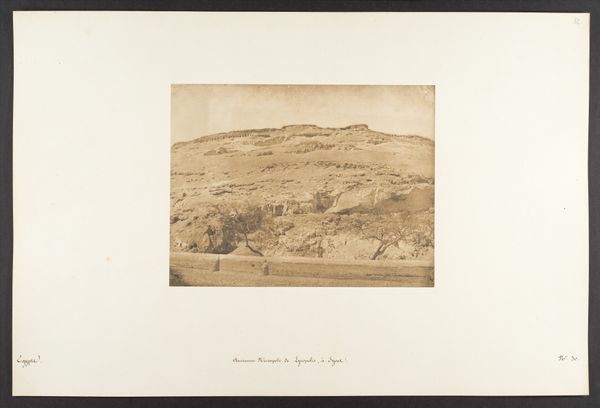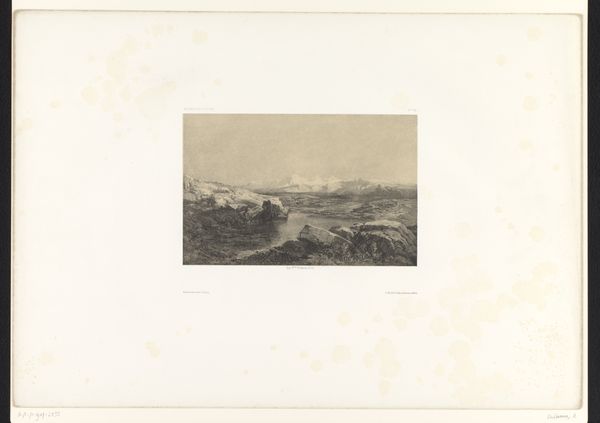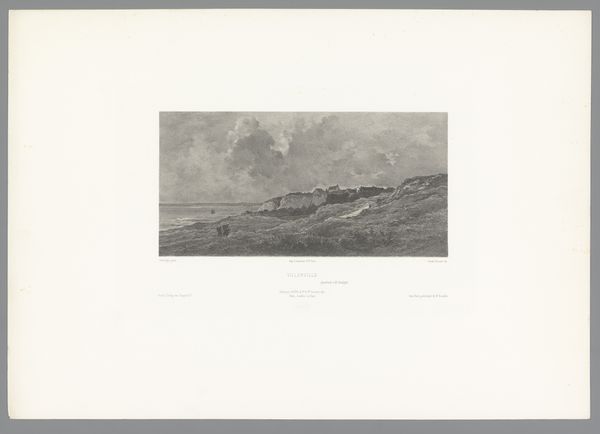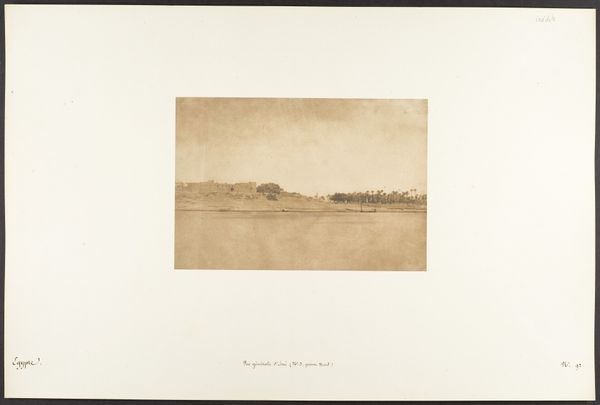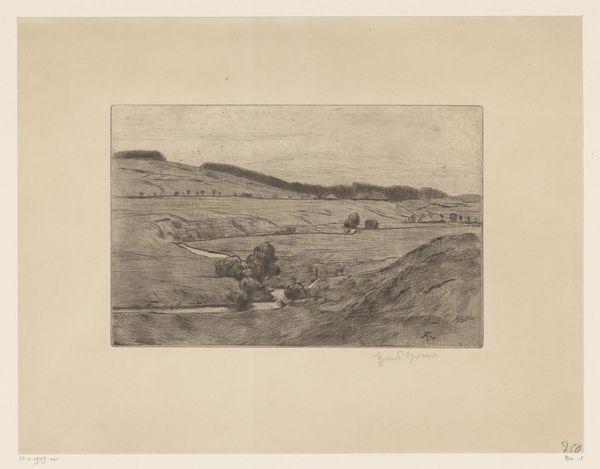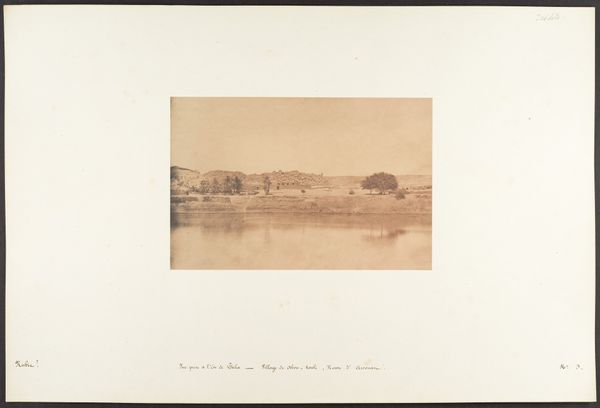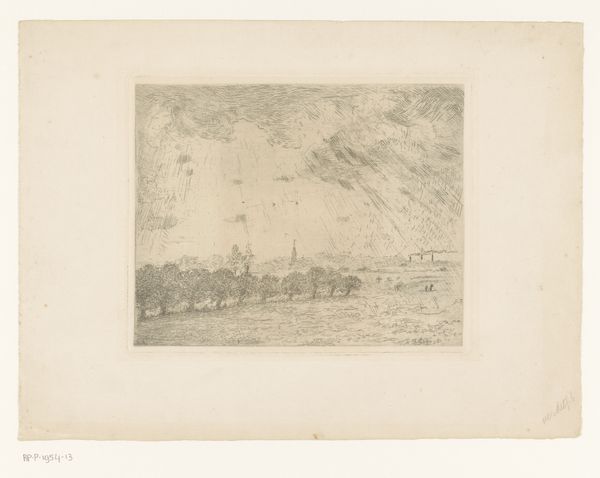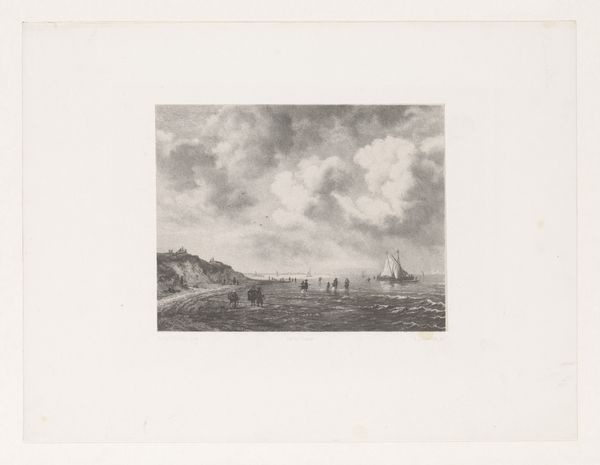
print, photography, albumen-print, architecture
# print
#
landscape
#
photography
#
orientalism
#
cityscape
#
albumen-print
#
architecture
Dimensions: Image: 6 1/4 × 9 3/16 in. (15.8 × 23.3 cm) Mount: 12 5/16 × 18 11/16 in. (31.2 × 47.5 cm)
Copyright: Public Domain
Editor: This is Maxime Du Camp's "Vue prise au Nord-Ouest de Jérusalem," taken around 1850. It's an albumen print photograph. The tones are muted, almost sepia, giving it an antique feel. What strikes me is how... distant everything feels. What do you see in this piece? Curator: This photograph operates within a very specific context – the rise of Orientalism and European colonial interests in the Middle East. Du Camp, traveling with Flaubert, wasn't simply documenting a landscape. He was framing Jerusalem for a European audience, solidifying Western perceptions of the East. Consider the gaze itself: who is allowed to look, and from what position of power? Editor: So it's not just a photograph of a city; it's a statement about power dynamics? Curator: Exactly. Early photography was seen as objective, a scientific tool. However, choices are made – what to include, what to exclude, the angle, the lighting. These choices reflect the photographer's, and by extension, the culture's, perspective. The "distance" you feel could be interpreted as the distance of a colonizer, observing from a remove, claiming knowledge and possession. What does it mean to “capture” a place in an image? Editor: That's a really interesting point. I hadn’t thought about the act of photographing as an act of claiming ownership. Curator: Consider also the absence of people in the photograph. Jerusalem was and is a vibrant, populated city. Their exclusion reinforces a Western fantasy of a timeless, unchanging East, ripe for the taking. Editor: This really changes how I see the image. It’s not just a pretty landscape anymore. Curator: Precisely. Art is never created in a vacuum; it’s always embedded within social and political forces. Understanding those forces is key to understanding the art itself.
Comments
No comments
Be the first to comment and join the conversation on the ultimate creative platform.
